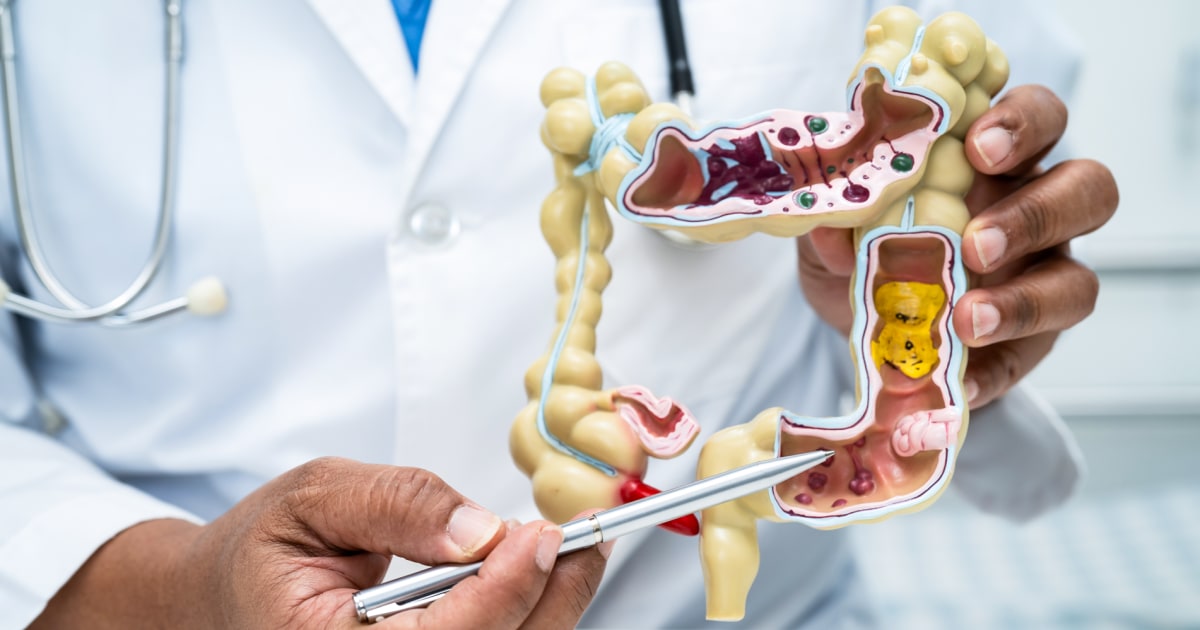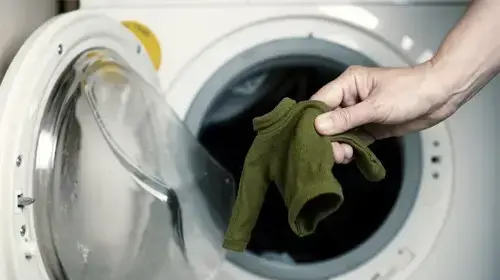Do not put the pasta strainer in the sink: pathogens come into contact with it
Created: 05/29/2022, 07:02
By: Jasmin Pospiech
If you cook pasta, you usually put the sieve in the sink to drain the water.
But with a simple trick nothing ends up in the drain.
Munich – Spaghetti, penne or tagliatelle: there are as many different types of pasta as there are dishes that can be conjured up with them.
Noodles are delicious, quick to make and one of the Germans' favorite dishes.
Finally, it is also very easy to cook pasta.
When the pasta is ready, most people put the colander in the sink, pour the water out of the pot and, ideally, the hot pasta ends up in the colander.
Then they are quenched and served.
But in the future you should better leave it alone!
Do not put the pasta strainer in the sink: pathogens come into contact with it
Most people pour the noodles and the water in the colander in the sink.
But that has many disadvantages.
(Iconic image) © Gerard Moral Casanovas/Imago
With a simple life hack, you not only save money, but also do something good for your health.
After all, it's not uncommon for individual noodles to fall into the sink outside of the sieve.
Some are disgusted and throw them away immediately.
Rightly so.
Kitchen leftovers accumulate in the sink over time after washing the dishes.
The warm, humid environment is an ideal breeding ground for bacteria and pathogens.
To avoid this, there is a simple trick that you can use to drain the food more easily and hygienically in the future.
Simply place the sieve in the pot instead of in the sink!
Just make sure that the sieve has the same diameter as the pot you are using.
You can find even more exciting health topics in our free newsletter, which you can subscribe to right here.
Do not put the colander in the sink: water is also very nutrient-rich
To do this, take the sieve as soon as the noodles are finished cooking and place it on the pot so that its curvature or opening points upwards.
Now hold the sieve firmly by the sides and make sure that the edges of the pot are covered so that nothing drips or falls out of the sides.
Then pour off the pasta water.
also read
Does a vegetarian diet cause stunted growth in children?
New analysis published
Working after 40: what more than 25 hours a week does to the brain
This keeps the noodles in the pot and therefore hot.
In addition, pasta no longer ends up in the drain.
As a result, they ultimately do not come into contact with disease-causing pathogens.
In addition, you can reuse the pasta water and, among other things, use it as an excellent plant fertilizer for your garden.
This article only contains general information on the respective health topic and is therefore not intended for self-diagnosis, treatment or medication. In no way does it replace a visit to the doctor. Unfortunately, our editors are not allowed to answer individual questions about clinical pictures.








